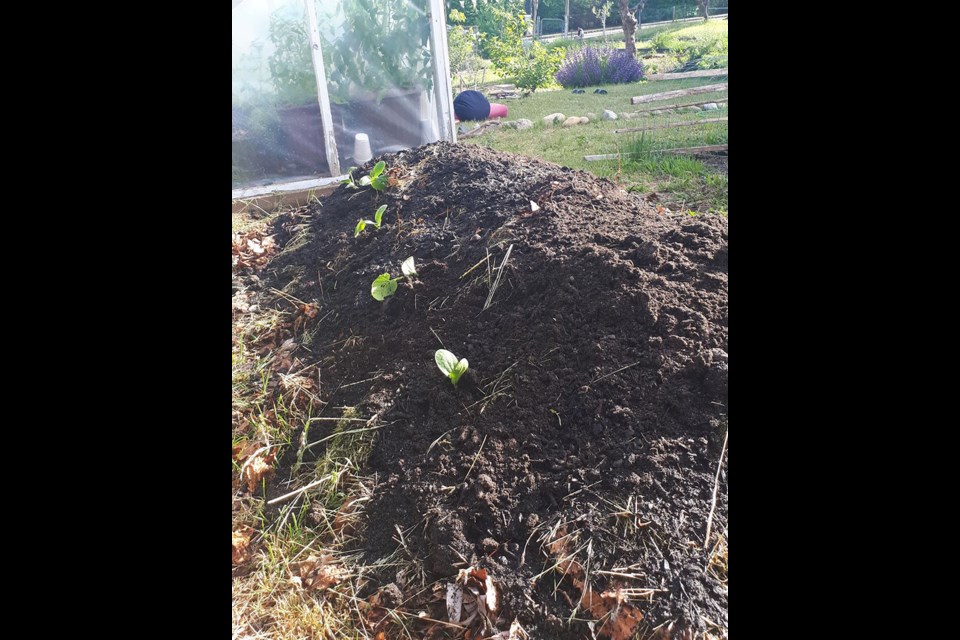Spring has more than sprung. As we approach the summer solstice this month, lawns are growing ever taller, unplucked weeds are laughing at us from their flower-topped heads, and the list of garden “shoulds” may be daunting.
Fear not, there are plenty of lazy garden techniques to make quick(er) work of outside chores while also benefiting the soil.
If your grass has started to swallow your four-legged friends, you are probably considering tackling it with a weed wacker soon. You may be dreading the raking more than the mowing, but we may have an escape hatch for you: grasscycling. It’s the latest trend in permaculture gardening that has a growing audience. Essentially it involves leaving your grass clippings be.
By allowing cut grass to compost in place, we make all of our lawn care simpler. Less watering is needed, as the grass prevents moisture evaporation. Less top dressing is needed, as the grass itself is quickly broken down and incorporated back into the soil as food.
Those areas of the lawn that get lazed on or frequented by toddlers might need a quick rake, though, and these clippings are a fantastic addition to our next lazy gardener technique: hugelkultur. Mound or hill culture is an old European method of creating a growing medium from logs, grass clippings, leaves and other yard “waste.” In short, you determine where your new garden bed is going to go, either at ground level or in a ditch; both are great, the latter just lends to less need for watering the first season.
Large logs (6 to 9” thick) can be used to outline the bed, but only if you have these around and looking for a job. Start with a layer of branches and twigs one to two feet high. Stomp on these to compact, then start layering on any amendments you have around. Grass cuttings, spent hay, leaves and compost are all great.
Top dress with an inch of soil and you are ready to plant. Wildflowers and squash are good choices for the first season. The large leaves of the squash will shade out and prevent moisture evaporation, while also enjoying the heat created by the composting mound.
With each passing year, this bed will become more productive as logs host microorganisms, trap moisture and provide nutrients.
Weeding is an inevitable part of lawn care and gardening, and every green thumb has a different definition of what qualifies. Whatever your definition, non-invasive weeds are often full of nutrients because their roots grow deep. As you weed your beds and lawn crops of dandelion, plantain, comfrey, horsetail and the like, toss them into a barrel of rainwater. Stir occasionally. Add urine or manure if you dare, and in a week you will have an incredible liquid fertilizer that can double as a natural pesticide.
Water it down about 5:1, so it is light brown in colour, and pour or spray onto your veggie and flower friends.
Gardens inevitably take some sweat, but we can work with nature by keeping materials onsite and mimicking the nutrient cycle of the forest. Skip your next trip loading up the truck to dispose of yard waste, and use that time instead to create some black gold.
Let’s Talk Trash is qathet Regional District’s waste-reduction education program.



